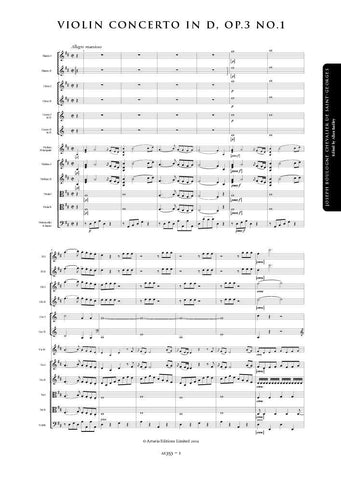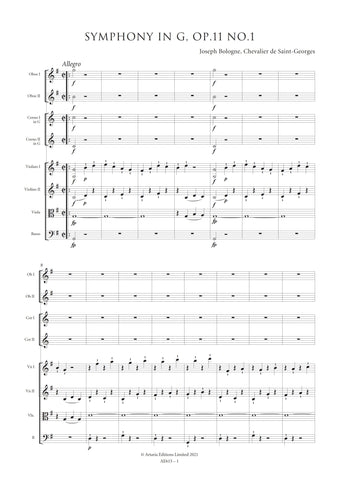Description |
Stamitz, Carl (1745-1801)
|
||||||||||||||||||
Details |
Stamitz composed nearly as much chamber music as he did the works for orchestra upon which his reputation today largely rests. The six quartets op.1 were published in Paris by the Bureau d'Abonnement musical in 1770. Although the quartets have something of the intimate quality of chamber music, much of the string writing is highly characteristic of the style cultivated by the composers at the Mannheim court including the use of dramatic dynamic shifts and urgent crescendos. Given that they were published so soon after Stamitz's arrival in Paris it seems more than likely that the works were written in Mannheim prior to his departure from the court orchestra. A measure of support for this argument can be found in the title page description of Stamitz as 'son of the famous Stamitz' and 'virtuoso di musica' to the Elector Palatine. The title page reads: RACCOLTA DELL' HARMONIA / COLLEZZIONE QUARANTESIMA OTAVA / Del Magazino Musicale / SEI / QUARTETTI / PER / Due Violini Viola e Basso i quali portranno - / esse esequili a Grande Orchestra / DEDICATE / AL SIGNOR / DI St. GIORGIO / Scudiere registratore delle Guerre / DA / CARLO STAMITZ / Figlio del Famoso Stamitz / e virtuoso di musica di S.A. S. elletorale palatina / OPERA PRIMA...' This edition is based a copy of the Bureau d'Abonnement musical print preserved in the British Library in London (Sig. g.413.(15.)). In the absence of both the autograph score and an authentic set of parts, the edition presents as faithfully as possible the intentions of the composer as transmitted in the Bureau print. The style and notation of articulation and dynamic markings have been standardized throughout and, where missing, reconstructed from parallel passages. These are indicated by the use of dotted slurs or brackets where appropriate. Like most eighteenth century sources, the Bureau print is inconsistent at times in its notation of appoggiature; these too have been standardized to minimize confusion. Obvious wrong notes have been corrected without comment; editorial emendations with no authority from the source are placed within brackets. Allan Badley |
||||||||||||||||||
Score Preview (best viewed in full screen mode) |
|||||||||||||||||||
Loading...
Error














